Program cost US$25 billion National origin Turkey | First flight 2023 Number built 250+ (planned) | |
 | ||
Design group Turkish Aerospace Industries / BAE Systems Manufacturer Turkish Aerospace Industries Role Air superiority fighter stealth | ||
The TAI TFX is a twin-engine all-weather fifth-generation Turkish aerial superiority fighter jet being developed by Turkish Aerospace Industries (TAI) with technological assistance from BAE Systems of the United Kingdom. The aircraft is slated to replace the Turkish Air Force's F-16s and is being planned to be offered to foreign air forces as well. The project is one of many ongoing high-profile military projects in Turkey.
Contents
- Development phase
- Technological assistance from BAE Systems
- Tender
- Airframe
- Radar and sensors
- Avionics and equipment
- Propulsion
- References
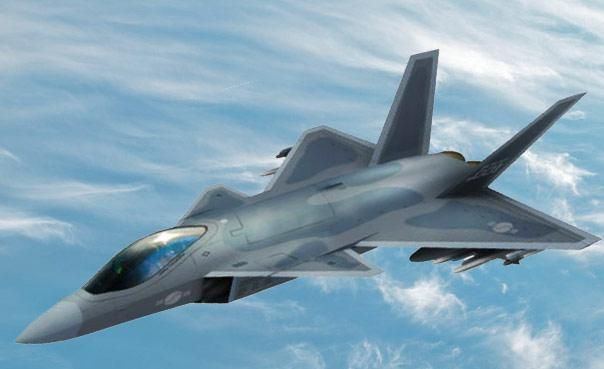
During Theresa May's visit to Turkey in January 2017, BAE and TAI officials signed an agreement, worth about £100 million, for BAE to provide assistance in developing the aircraft.

Development phase
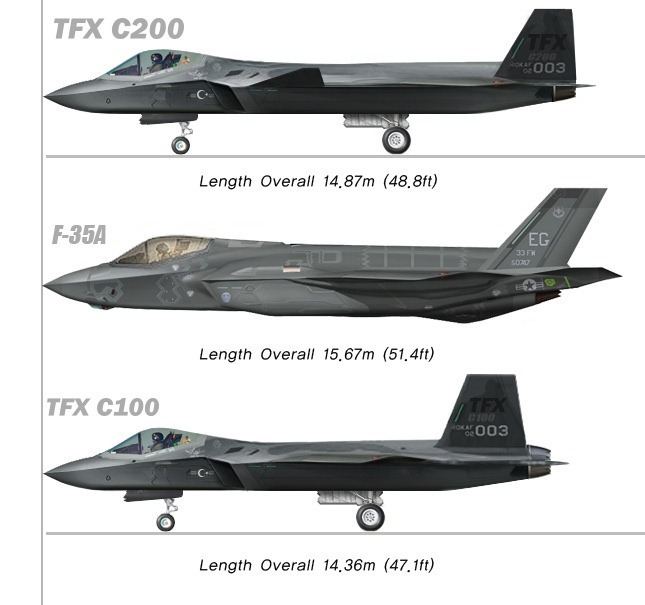
On 15 December 2010, Turkey's Defence Industry Executive Committee (SSIK) decided to design, develop, and manufacture an indigenous next generation air-to-air combat fighter which would replace Turkey's F-16 fleet and work together with the F-35. Funding equivalent to US$20 million was allocated for a 2-year conceptual design phase that will be performed by TAI. TAI officials have stated that the conceptual design phase should be complete in late 2013, with a report being prepared and served to the Prime Minister for approval of the development phase budget and framework.
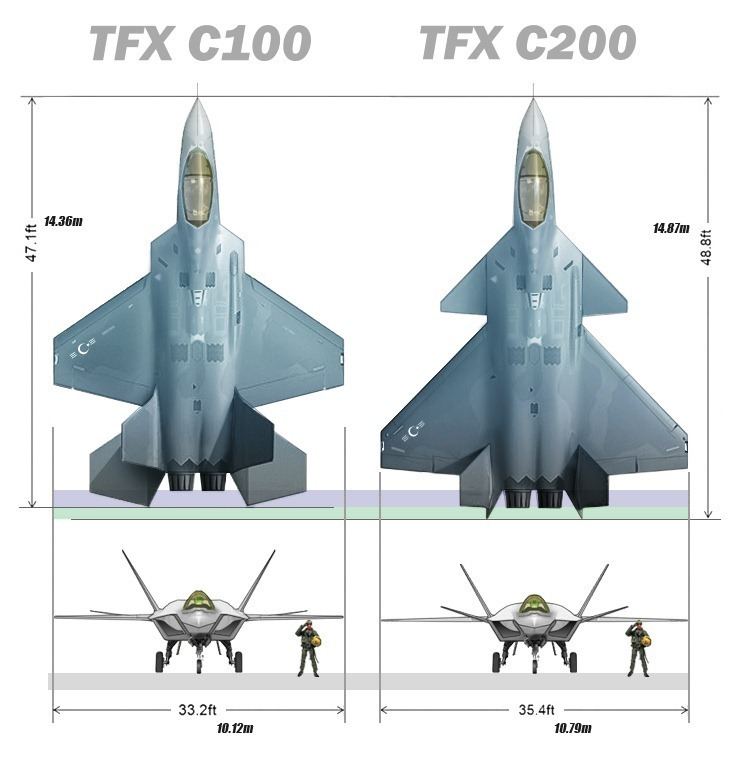
TAI and TUSAŞ Engine Industries (TEI) will lead the design, entry and development processes of the fighter jet. TEI will focus more on the production of the aircraft's engines, while TAI will develop the airframe and other components. The studies will reveal how much the fighter jet would cost, which mechanical and electronic systems would be employed and included, and a wider perspective of the opportunities and challenges in military aviation.
Technological assistance from BAE Systems
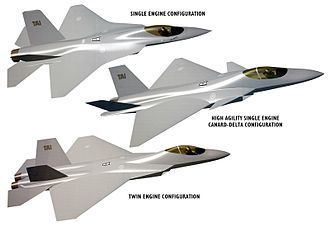
In December 2015, Turkey’s Undersecretariat of Defence Industries (SSM) announced that it had chosen BAE Systems of the United Kingdom to assist with the design of the nation’s next-generation Air superiority fighter. The same day Rolls-Royce offered Turkey EJ200 technology transfer and joint-development of a derivative for the TFX program.

The Turkish Air Force intends to procure at least 250 TFX starting from 2025 and integrate them in a network-centric Air Force structure consisting of F-35, F-16 Block 50+, Future Unmanned Combat Aircraft, Airborne Stand-Off Jammers and the Boeing 737 AEW&C Peace Eagle. Turkey plans to introduce the TFX by 2025, having it and the F-35A comprising a dual fighter jet fleet. The TFX is to compensate for some of the F-35's weaknesses in air-to-air combat. Permission to officially start the first phase of development is expected by the end of 2014.
Tender
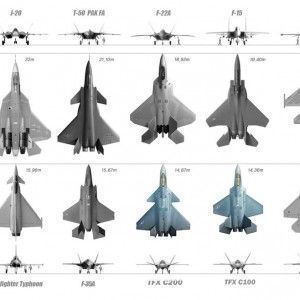
On 13 March 2015 the Turkish Undersecretariat for Defence Industries (SSM) officially issued a Request for Information from Turkish companies which had the capacity "to perform the indigenous design, development and production activities of the first Turkish Fighter Aircraft to meet Turkish Armed Forces’ next generation fighter requirements" signalling the official start of the program.
Airframe
Hüseyin Yağcı, TAI's chief engineer on the TFX program, has stated that all three conceptual designs thus far feature a design optimized for low radar cross-sectional density, internal weapons bays, and the ability to supercruise; features associated with fifth-generation fighter jets.
TAI's Advanced Carbon Composites fuselage facility, which was commissioned to produce fuselages for Lockheed Martin's Joint Strike Fighter (F-35) program, has been tasked with developing an Advanced Carbon Composite fuselage for the TFX. The Turkish Undersecretariat for Defense Industries (SSM) has also issued a tender for the development of a new lighter carbon composite thermoplastic for the TFX fuselage.
Radar and sensors
ASELSAN is currently developing a highly advanced Active electronically scanned array radar which will use gallium nitride (GaN) technology for the TFX program.
Avionics and equipment
The TFX will be integrated from the cockpit to accompanying UAV's (most likely the TAI Anka) through encrypted datalink connections.
TFX probably could use upgraded variants of Aselsan's own radar warning receiver (RWR), missile warning system (MWS), laser warning system (LWS), chaff and flare management, dispensing system and digital radio frequency memory (DRFM)-based jamming system, which are previously developed.
Propulsion
Turkish Prime Minister Ahmet Davutoğlu announced on January 8, 2015, that the TFX will be a twin-engined fighter jet. The Turkish Undersecretariat for Defense Industries (SSM), the procurement agency for Turkish Armed Forces, has written a letter of intent to three engine manufacturers: General Electric, Pratt & Whitney and EUROJET Turbo.
On 20 January 2015, Aselsan of Turkey announced that it had executed a memorandum of understanding with Eurojet, the manufacturer of the EJ200 engine used in the Eurofighter Typhoon. The announcement also stated that a derivative of the EJ200 will be used in the TFX program. The two companies will additionally collaborate and co-develop engine control software systems and engine maintenance monitoring systems. Turkey's selection of the EJ200 evidences TAI's intention to utilise supercruise capability.
